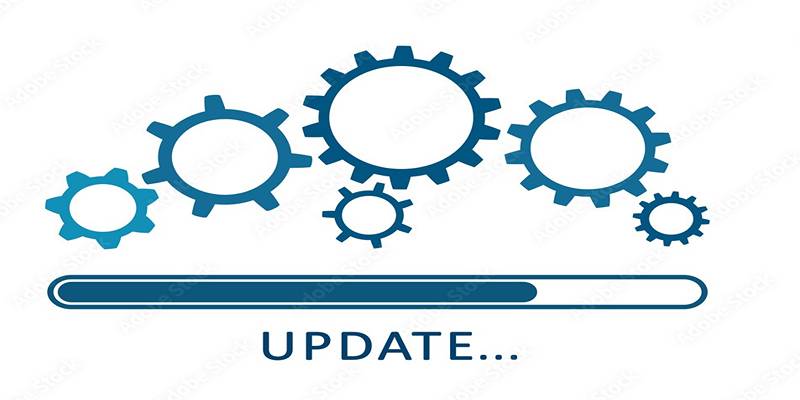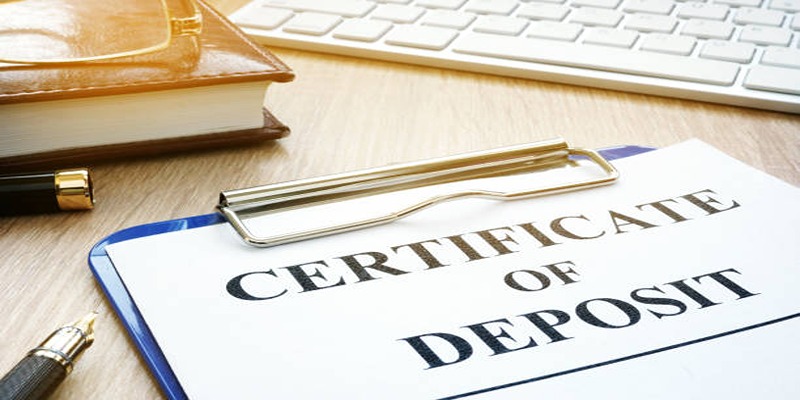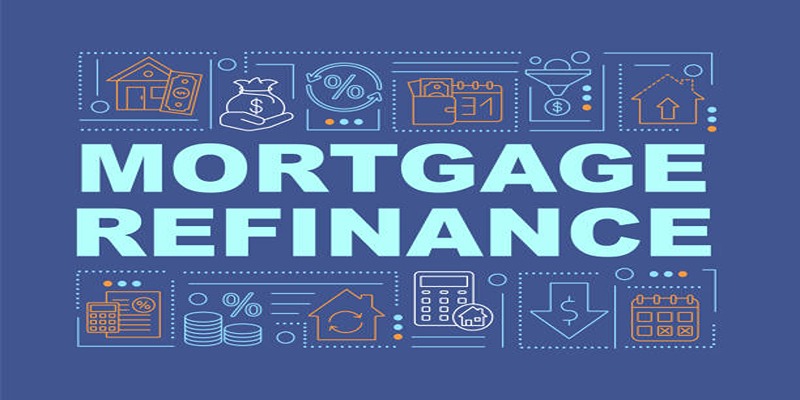Putting business costs into categories is an important step that improves financial clarity, helps with tax compliance, and helps with making strategic decisions. No matter the size or type of business, it needs a well-organized method for keeping track of expenses to keep an eye on operational costs and improve its overall financial health. Without the right classification, a business runs the risk of inefficiency, tax fines, cash flow problems, and, in the end, lower profits.
Learning how to categorize business expenses with precision allows businesses to maintain transparency, control spending, and build a sustainable foundation for long-term success. This post offers a detailed guide on the best practices for categorizing business expenses effectively and maintaining strong financial health.
Why Proper Categorization of Business Expenses Matters?

Precise categorization of expenses provides several tangible advantages that impact daily operations and long-term viability.
Enhances Financial Reporting
Accurate expense categorization ensures that financial statements reflect the true cost structure of the business. It allows stakeholders to identify where resources are allocated and assess profitability with greater confidence.
Simplifies Tax Filing
Organized expenses streamline tax preparation by clearly separating deductible costs from non-deductible ones. Proper records reduce the risk of missed deductions or red flags during audits, thereby ensuring compliance with tax regulations.
Supports Budgeting and Forecasting
Categorized expenses help business leaders create realistic budgets and forecasts. Understanding spending patterns enables better resource allocation and strategic planning.
Improves Cash Flow Management
Tracking where money is spent prevents unnecessary expenses and highlights opportunities for cost savings. Categorized data provides insights that help avoid cash shortages and maintain liquidity.
Step-by-Step Process to Categorize Business Expenses
Properly categorizing business expenses is a vital process that requires structure, consistency, and attention to detail. A business that maintains an organized expense system enjoys clearer financial reports, better tax preparedness, and enhanced strategic planning capabilities. The following step-by-step process outlines an effective and professional approach to categorizing business expenses.
Step 1: Establishing a Comprehensive Chart of Accounts
The first step in categorizing business expenses involves establishing a comprehensive chart of accounts. A chart of accounts acts as the foundation for a financial organization, providing a structured framework where each type of income, expense, asset, and liability is assigned a specific category.
When setting up a chart of accounts, businesses typically define broad categories such as operational costs, marketing expenses, salaries, and professional services. Within these, subcategories may be added to offer additional clarity without complicating financial reporting. For example, marketing expenses can be broken down into digital advertising, print media, and event sponsorships. Accounting software often provides customizable templates for charts of accounts, allowing businesses to tailor them based on industry-specific requirements and operational nuances.
An effective chart of accounts should be intuitive, scalable, and flexible enough to accommodate future business changes. A clear framework reduces confusion, strengthens reporting, and simplifies the categorization process.
Step 2: Recording Expenses Promptly and Accurately
Once a chart of accounts is in place, the next critical step is recording expenses promptly and accurately. Timely expense recording minimizes the risk of forgotten details, misplaced receipts, and categorization errors. Maintaining up-to-date records ensures that financial tracking reflects real-time business activities and provides reliable data for strategic decisions.
Businesses benefit from setting internal policies that encourage same-day or next-day recording of all expenses. Accounting teams may be tasked with daily updates, or automated systems can be implemented to speed up the entry process. Mobile apps that capture receipts and integrate with accounting software also help ensure that no transaction goes unrecorded.
Step 3: Assigning Transactions to the Correct Category
After recording an expense, it must be assigned to the correct category in the chart of accounts. Correct categorization is fundamental for producing accurate financial statements, maximizing tax deductions, and enabling strategic analysis. Each transaction should be reviewed carefully to determine its purpose and the most fitting category.
For expenses that do not clearly fit an existing category, businesses should consider creating subcategories instead of adding too many new main categories. This approach maintains clarity without overwhelming the accounting structure.
Consistency is critical at this stage. All individuals responsible for financial entries must follow standardized categorization guidelines to ensure uniformity across all records.
Step 4: Reviewing and Reconciling Financial Records Regularly
Financial records must be reviewed and reconciled regularly to catch errors, verify transactions, and maintain accuracy. Monthly reconciliation between bank statements, credit card accounts, and accounting records is highly recommended to ensure that all expenses have been properly categorized and no discrepancies exist.
Regular reviews help identify misclassifications, duplicate entries, or missing transactions. These reviews also provide an opportunity to adjust categorization practices as needed to reflect changes in business operations or financial policies.
During reconciliation, businesses should cross-verify recorded expenses against receipts and invoices, ensuring that each entry matches both the bank record and the physical or digital documentation. This process strengthens internal controls, prepares the company for potential audits, and enhances overall financial transparency.
Step 5: Updating and Adjusting Expense Categories as Needed

As businesses grow and evolve, expense categorization structures must also adapt. Changes such as new product launches, geographic expansion, service diversification, or technological adoption often introduce new types of expenses that existing categories may not adequately capture.
Updating the chart of accounts periodically ensures that it continues to reflect the true financial activities of the business. Categories that have become obsolete should be retired, while new categories should be added thoughtfully to maintain a balance between comprehensiveness and simplicity.
An outdated chart of accounts can result in distorted financial reports, inaccurate budgeting, and strategic missteps. Businesses that proactively adjust their categorization system gain a significant advantage in maintaining relevant, actionable financial insights.
Conclusion
Accurate categorization of business expenses is a foundational element of strong financial management. It enhances financial reporting accuracy, streamlines tax compliance, improves budgeting capabilities, and supports cash flow stability.
By implementing a structured system with a well-designed chart of accounts, recording transactions promptly, reviewing regularly, and following industry best practices, businesses can maintain reliable expense records.












